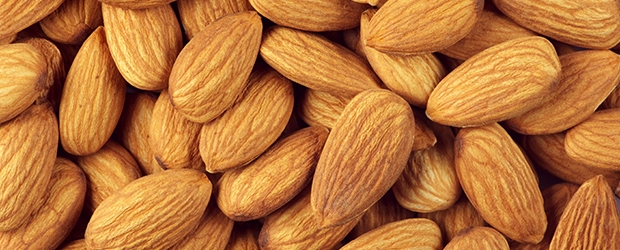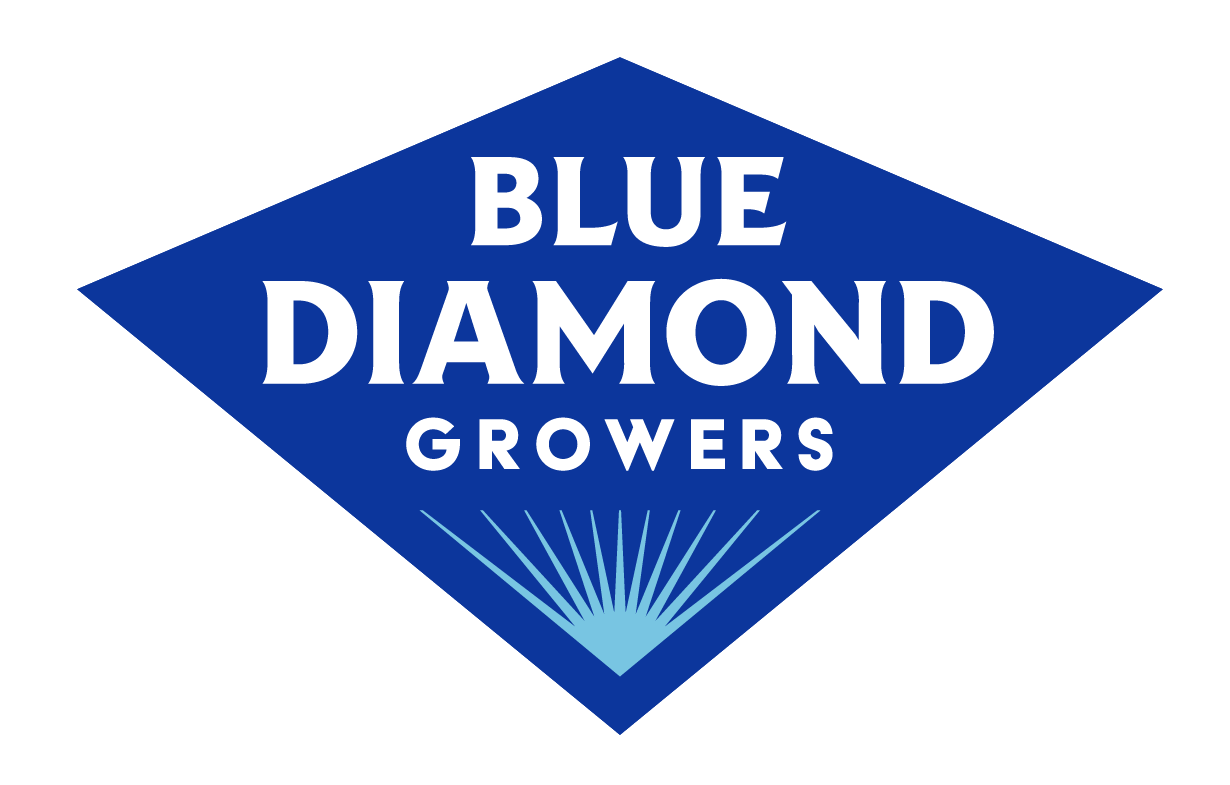Blue Diamond Anticipates Healthier Almond Market in the New Year

You have likely heard that prices for California almonds have declined. After an unprecedented seven-year run of ever increasing prices, this is news. In the context of supply and demand, this kind of market price adjustment was inevitable. Long-term almond handlers, traders and call pool growers have experienced and survived these cycles. The current market instability stems from those who had been making profitable and risky bets on ever increasing almond prices. For them, this price correction was a disaster which created insolvency and drove contract defaults. They misunderstood that the laws of agricultural economics also apply to almonds. It will take a little time to clear out the hangover from these players.
The summer expectations were for a drought impacted 2015 crop to once again be dramatically smaller than the previous year. Traders began buying positions in the new crop, betting on a multi-year trend that pre-harvest prices would be the lowest of the year. As expectations for the 2015 crop size improved, pre-harvest prices that peaked over $5 per pound fell by over a $1. Even after this price adjustment, prices through harvest remained at all-time highs. It was still a very good market for Blue Diamond Growers.
In November, a few newer, under-
capitalized buyers in Dubai and India began defaulting on deliveries of almonds purchased earlier in the campaign at higher prices. Rumors of hundreds of unsold containers stuck in port created a market scramble to buy product at a discount. In speaking with customers who could not find these orphan containers, we think the rumors were greater than reality. At Blue Diamond, we have long standing relationships in these markets with customers that understand the value we place on integrity. As a result, we only had to resell two containers of the cooperative’s almonds. This one-time customer was added to the “naughty list,” preventing them from ever buying Blue Diamond almonds in the future.
In December, the position report suggested a 2015 crop slightly larger than the NASS estimate. This increase in supply coincided with buyer reluctance to commit to long-term purchases as prices softened. Industry shipments are running below last year’s levels. This is no surprise. However, global demand at the consumer level remains strong. And almond supplies at the customer level are at relatively low levels in many markets. We’ve seen this in the demand for the products we produce and markets we visit.
The only thing lacking from the marketplace is confidence. Demand restoration should begin as early as January. Experienced buyers will begin hedging future almond volume needs against the risk of bad bloom weather. With four years of drought, we have seen optimal pollination conditions, but for February and March this year, official forecasts are predicting a record El Niño weather influence.
It’s a good time to be patient. The industry fundamentals are solid and the future of almonds remains bright. Enjoy the holidays and may they be a blessing to you and your family.
